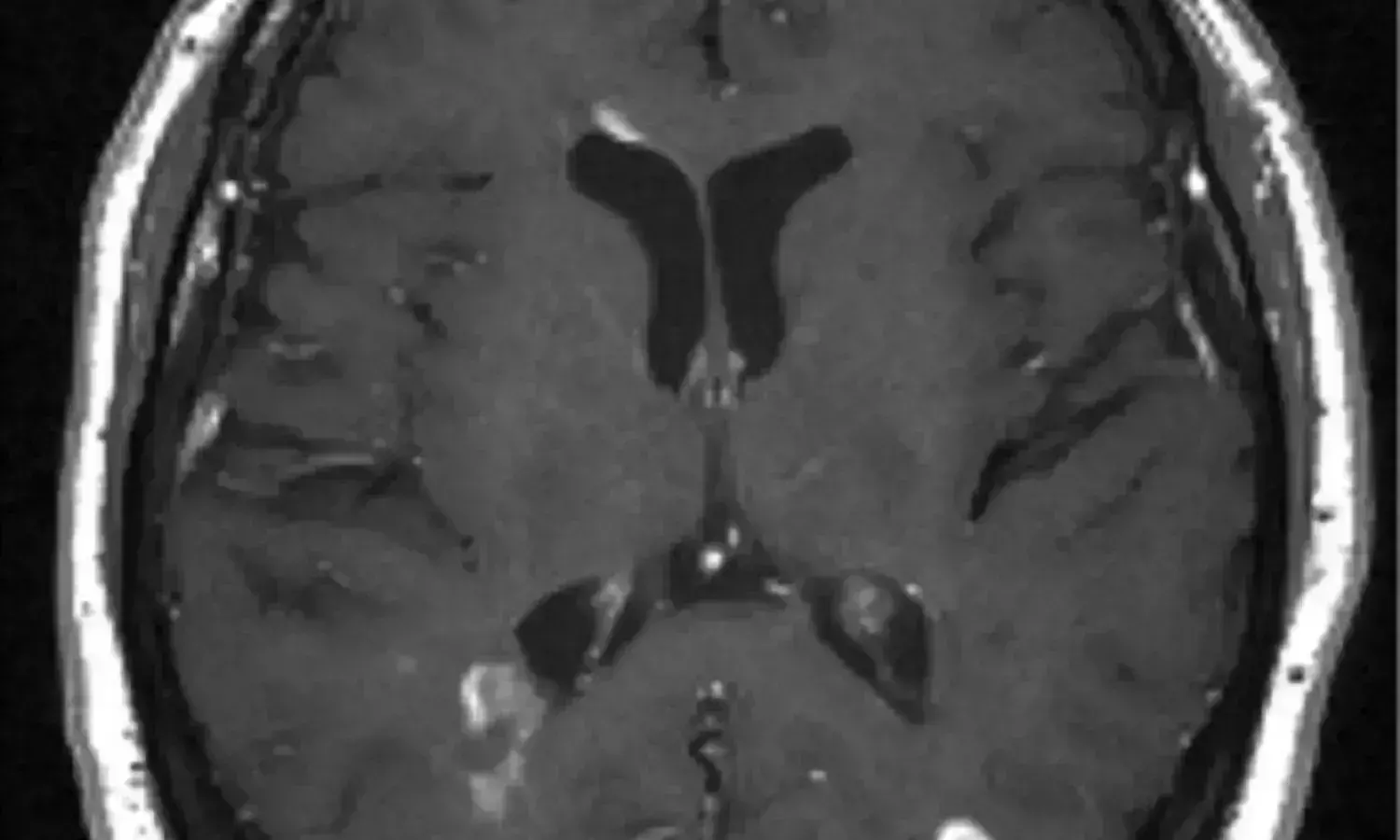- Home
- Medical news & Guidelines
- Anesthesiology
- Cardiology and CTVS
- Critical Care
- Dentistry
- Dermatology
- Diabetes and Endocrinology
- ENT
- Gastroenterology
- Medicine
- Nephrology
- Neurology
- Obstretics-Gynaecology
- Oncology
- Ophthalmology
- Orthopaedics
- Pediatrics-Neonatology
- Psychiatry
- Pulmonology
- Radiology
- Surgery
- Urology
- Laboratory Medicine
- Diet
- Nursing
- Paramedical
- Physiotherapy
- Health news
- Fact Check
- Bone Health Fact Check
- Brain Health Fact Check
- Cancer Related Fact Check
- Child Care Fact Check
- Dental and oral health fact check
- Diabetes and metabolic health fact check
- Diet and Nutrition Fact Check
- Eye and ENT Care Fact Check
- Fitness fact check
- Gut health fact check
- Heart health fact check
- Kidney health fact check
- Medical education fact check
- Men's health fact check
- Respiratory fact check
- Skin and hair care fact check
- Vaccine and Immunization fact check
- Women's health fact check
- AYUSH
- State News
- Andaman and Nicobar Islands
- Andhra Pradesh
- Arunachal Pradesh
- Assam
- Bihar
- Chandigarh
- Chattisgarh
- Dadra and Nagar Haveli
- Daman and Diu
- Delhi
- Goa
- Gujarat
- Haryana
- Himachal Pradesh
- Jammu & Kashmir
- Jharkhand
- Karnataka
- Kerala
- Ladakh
- Lakshadweep
- Madhya Pradesh
- Maharashtra
- Manipur
- Meghalaya
- Mizoram
- Nagaland
- Odisha
- Puducherry
- Punjab
- Rajasthan
- Sikkim
- Tamil Nadu
- Telangana
- Tripura
- Uttar Pradesh
- Uttrakhand
- West Bengal
- Medical Education
- Industry
Serum Glial Fibrillary Acidic Protein as a Biomarker for Disease Progression in Multiple Sclerosis

There is a lack of validated biomarkers for disability progression independent of relapse activity (PIRA) in multiple sclerosis (MS). New research published in JAMA Neurology suggests that sGFAP is a prognostic biomarker for future PIRA and revealed its complementary potential next to serum neurofilament light chain (sNfL).
The pathogenesis of multiple sclerosis (MS) involves both adaptive and innate immune disease mechanisms. The former is associated with recurring episodes of acute neurologic symptoms, relapses, and formation of localised lesions in the brain and spinal cord caused by invasion of blood-derived immune cells. In contrast, the latter has been suggested to drive more diffuse inflammation and neurodegeneration, also called smouldering MS, that clinically presents as disease progression. Although high-efficacy therapies, such as B-cell–depleting treatment (BCDT), result in almost complete suppression of focal lesion formation, their effectiveness for preventing development of long-term disability is modest.
The long-term course of disability in MS is driven by 2 partly independent pathomechanisms: focal lesional activity and brain-diffuse neurodegeneration. Serum neurofilament light chain (sNfL) has been established in recent years as a biomarker of ongoing neuronal damage in the course of the former process, whereas its association with progression as the clinical manifestation of the latter is relatively weaker.
Glial fibrillary acidic protein (GFAP) is an intermediate filament of astrocytes, equivalent to NfL in neurons, and has been proposed as a biomarker to identify present disease progression and to prognosticate future progression in MS. Early studies measuring GFAP levels in the cerebrospinal fluid (CSF) of patients with MS found a correlation with neurologic disability in subsequent years; however, this was not the case for NfL levels. Furthermore, high CSF GFAP levels were found to be associated with faster progression to an Expanded Disability Status Scale (EDSS) score of 3 and 6, and levels were higher in primary progressive MS than in relapsing-remitting MS (RRMS).
In this cohort study conducted by Stephanie Meier et al, it is evident that sGFAP levels may serve as a biomarker that reflects specifically chronic disease processes conveyed by astrocytes that manifest as pure progression/PIRA in MS. With this property, sGFAP levels are complementary to sNfL, whose levels are strongly associated with neuronal damage due to lesional disease act. Thus, sGFAP may serve as a useful biomarker for disease progression in MS in individual patient management and drug development.
Reference: Stephanie Meier, MSc1,2,3; Eline A.J. Willemse, PhD1,2,3,4; Sabine Schaedelin, MSc1,2,3,4; et al
JAMA Neurol. Published online February 6, 2023. doi:10.1001/jamaneurol.2022.5250
MBBS, DrNB Neurosurgery
Krishna Shah, MBBS, DrNB Neurosurgery. She did her MBBS from GMC, Jamnagar, and there after did direct 6 Year DrNB Neurosurgery from Sir Ganga Ram Hospital, Delhi. Her interests lie in Brain and Spine surgery, Neurological disorders, minimally invasive surgeries, Endoscopic brain and spine procedures, as well as research.
Dr Kamal Kant Kohli-MBBS, DTCD- a chest specialist with more than 30 years of practice and a flair for writing clinical articles, Dr Kamal Kant Kohli joined Medical Dialogues as a Chief Editor of Medical News. Besides writing articles, as an editor, he proofreads and verifies all the medical content published on Medical Dialogues including those coming from journals, studies,medical conferences,guidelines etc. Email: drkohli@medicaldialogues.in. Contact no. 011-43720751


